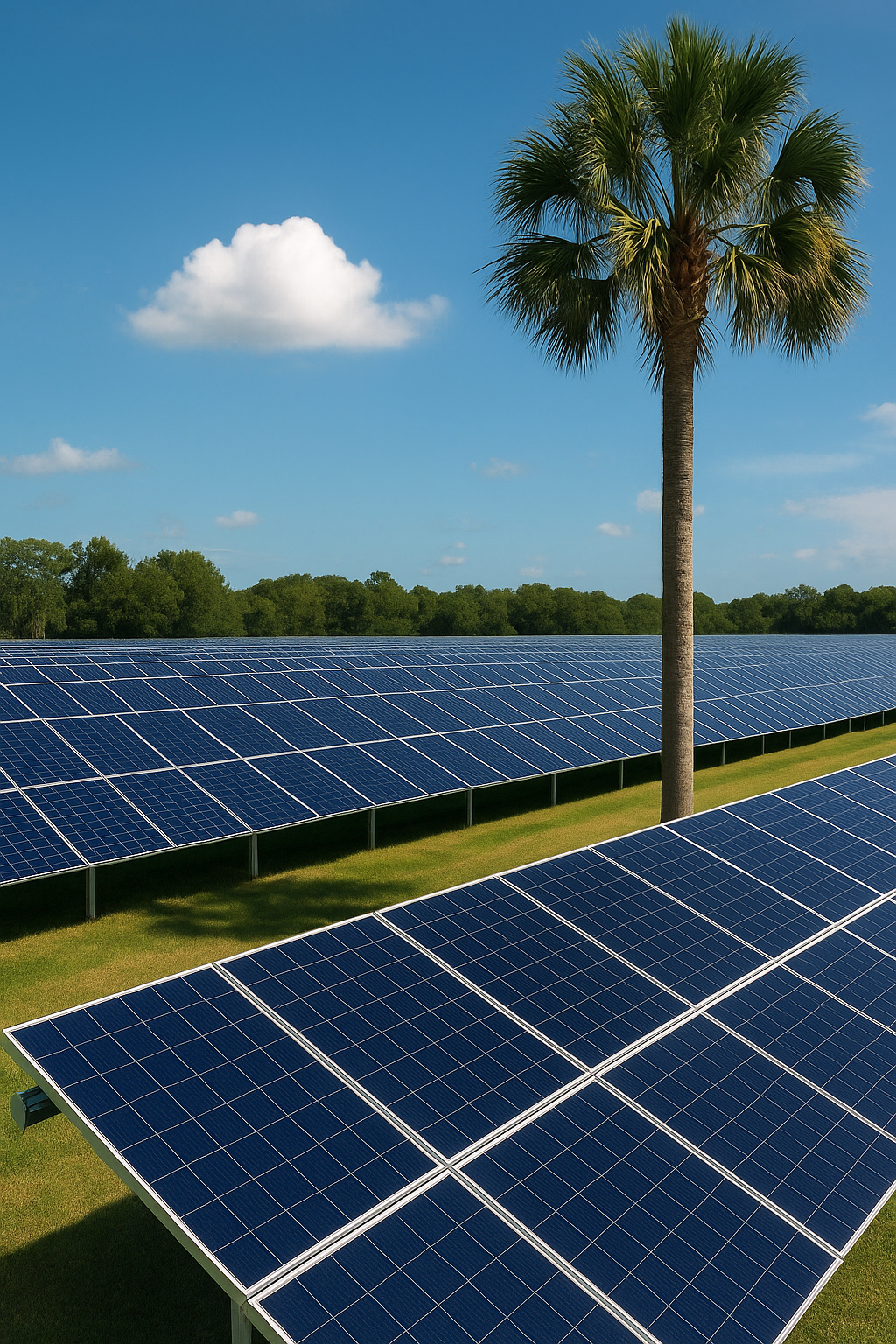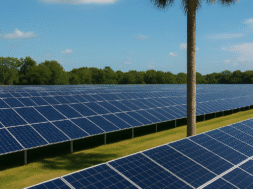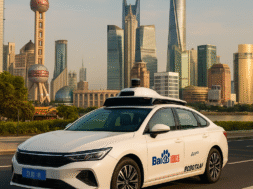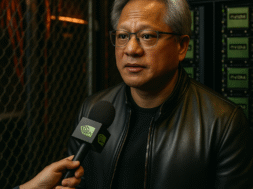
Sunshine Surprise: How Florida Quietly Overtook California in the Solar Boom
Solar power is expanding rapidly across the U.S., and for the first time, Florida is emerging as a major player—outpacing even California in new large-scale solar installations.
In 2024, despite the state removing climate change from its official policies, Florida added over 3 gigawatts of utility-scale solar—surpassing California’s total. The growth isn’t coming from residential rooftops, but from large utility-driven projects. Florida Power & Light was behind more than 70% of the state’s new installations last year, thanks in part to state regulations that streamline approval for solar projects under 75 megawatts.
“This isn’t a coincidence—Florida is shaping the national solar narrative now,” said Sylvia Leyva Martinez, a senior analyst at energy research firm Wood Mackenzie.
One shining example is Babcock Ranch, a town built to run almost entirely on solar. During Hurricane Ian in 2022, while nearby areas went dark, Babcock Ranch stayed fully operational thanks to its independent microgrid.
“When the storm hit, we never lost electricity, internet, or clean water,” said local resident Don Bishop. “That experience changed how we view power.”
Economic factors are also fueling growth. With rising industrial power needs and increasing natural gas prices, solar energy has become the most affordable option—even without subsidies.
“Utilities are investing in solar not because it’s green, but because it makes financial sense,” Martinez added.
Still, headwinds are coming. In July, President Trump signed the One Big Beautiful Bill, rolling back solar and wind incentives. Homeowners will lose federal tax credits for solar after 2025, while developers face tighter regulations and shorter timelines.
Experts forecast a 42% drop in rooftop solar adoption across Florida over the next five years. Although utility-scale projects continue to expand, limited grid capacity is creating challenges. Utilities are now focusing on energy storage, infrastructure upgrades, and smarter grid technology.
Babcock Ranch is also piloting new microgrid solutions aimed at helping other communities build resilience—one block at a time.
“We’ve proven the model works,” said Babcock founder Syd Kitson. “Now it’s about scaling it and helping others do the same.”
The big question: Can Florida keep its solar surge going without consistent policy backing—especially as it still relies heavily on natural gas?
“Florida has the sunshine and the tech,” said Stanford professor Mark Jacobson. “What’s uncertain is whether the political will can keep up.”













